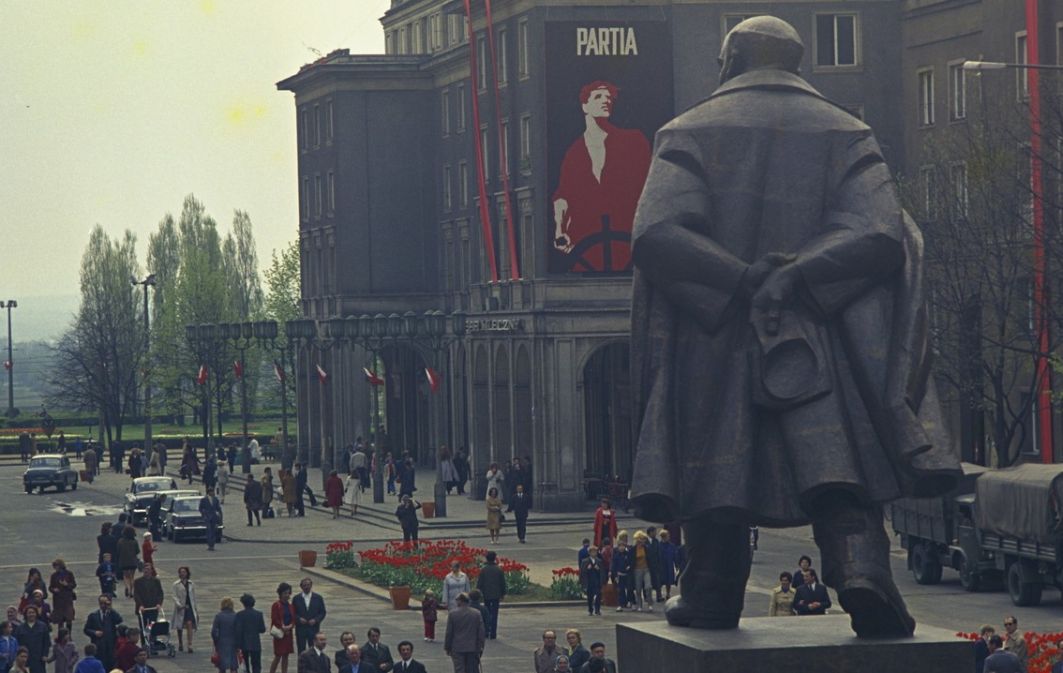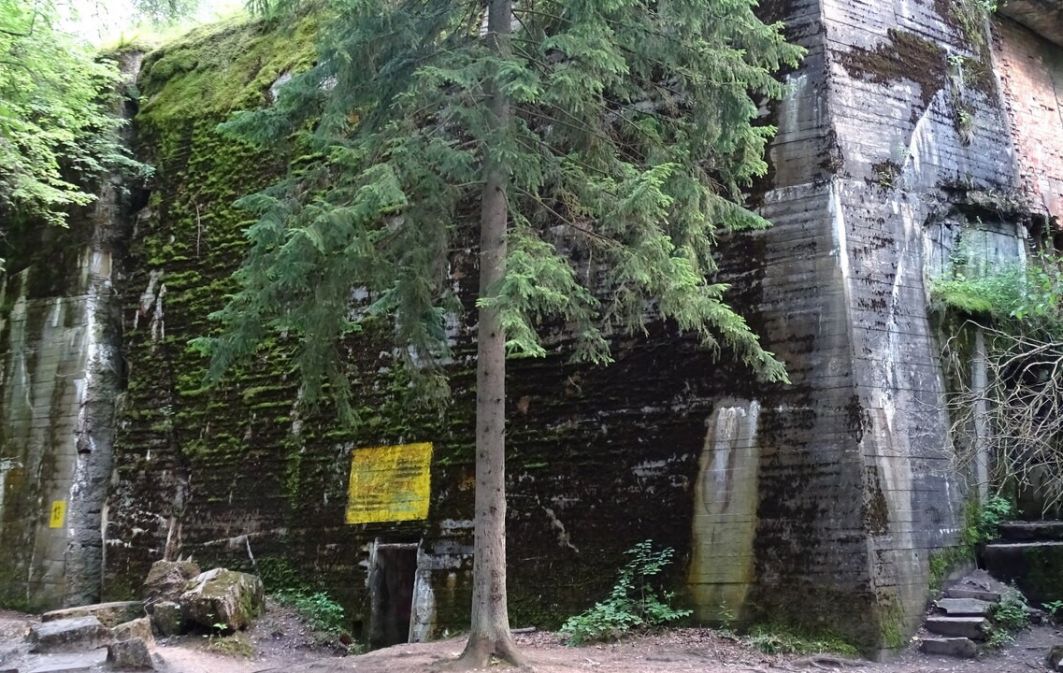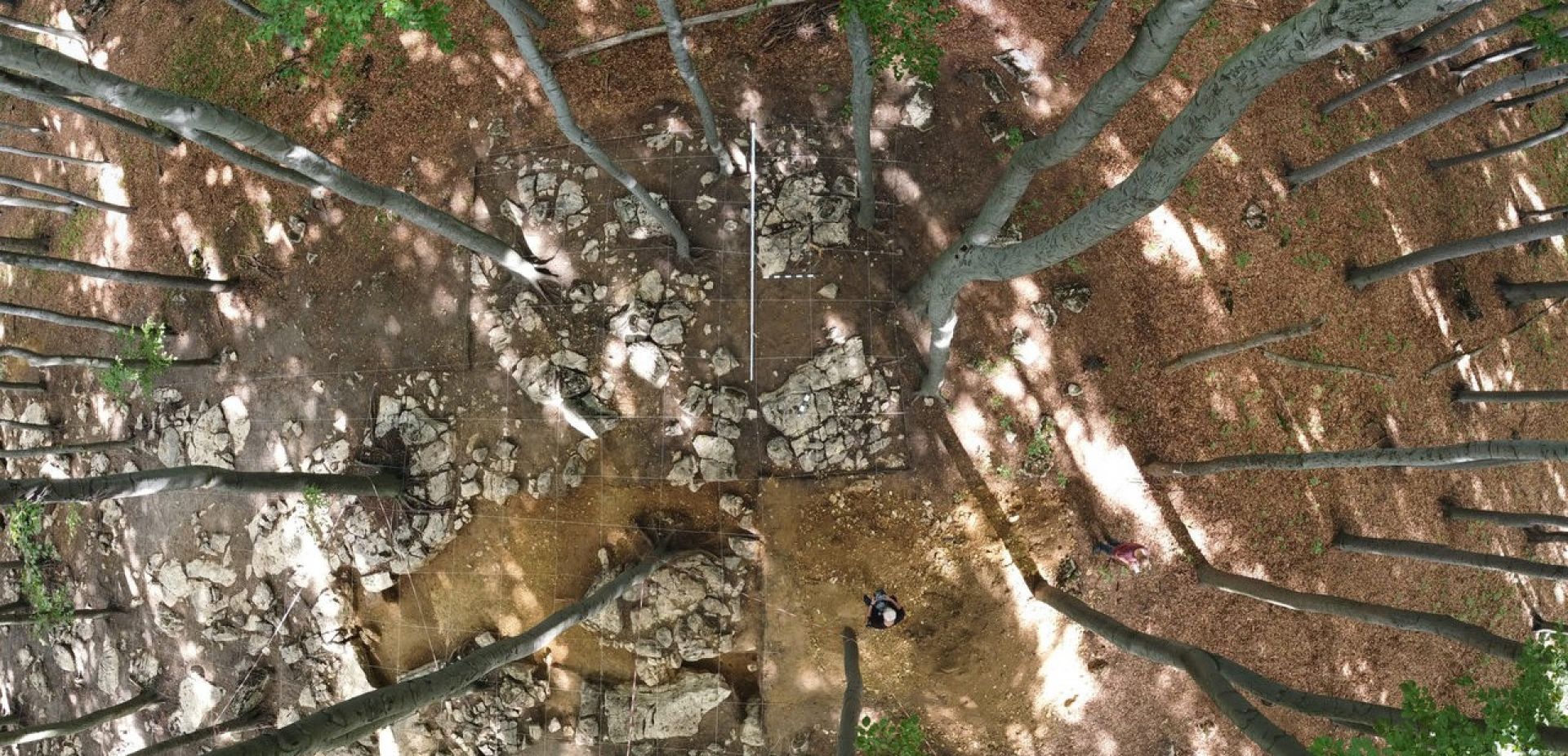
This discovery may help tell the story of the prehistory of the lands where Poland is today. The "impassable forests and deep marshes, where only the wild beast roared" that persist in our minds need to be supplemented with stinking lead smelting furnaces or mining pits from the early medieval period, preceding Polish statehood, says Dariusz Rozmus, PhD, archaeologist and senior curator at the Sztygarka Museum in Dąbrowa Górnicza.
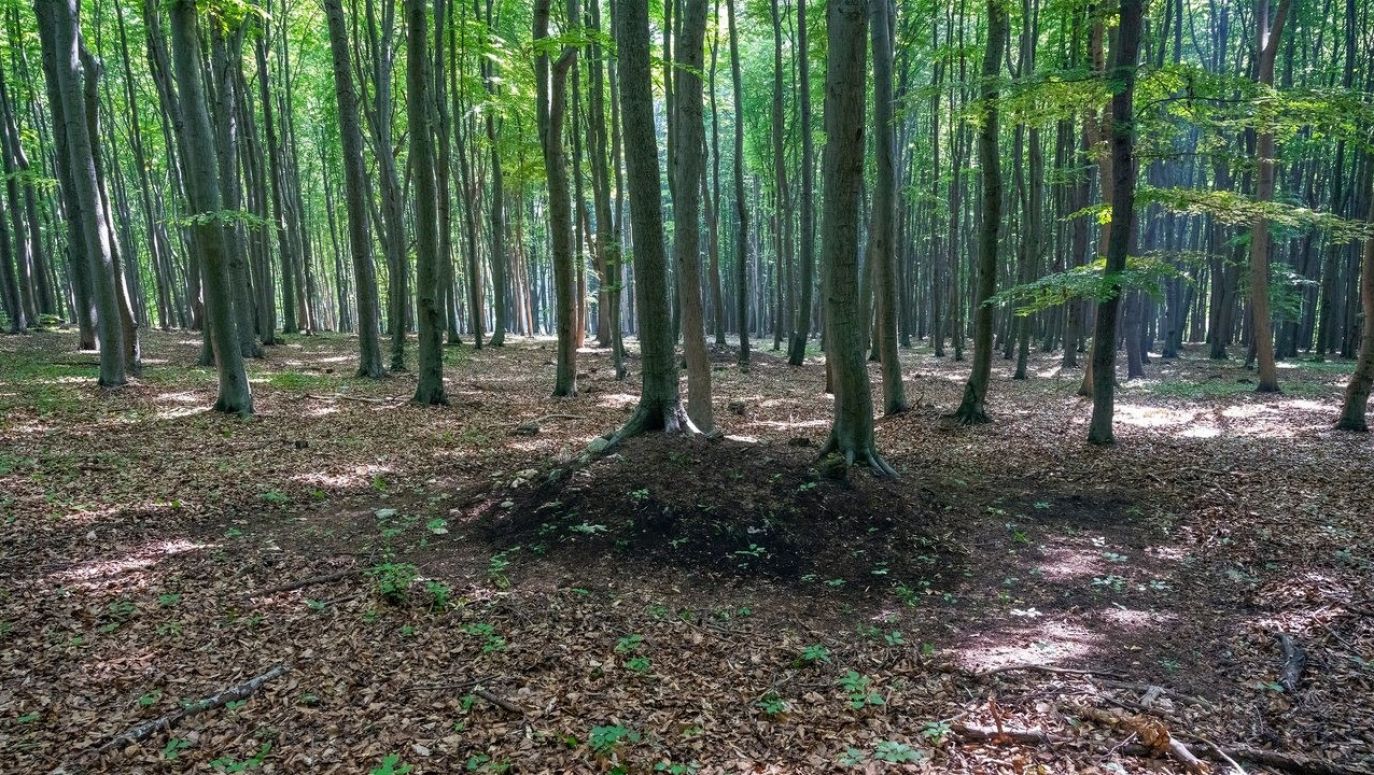
 SIGN UP TO OUR PAGE
SIGN UP TO OUR PAGE
 I decided to place the centre of the site at the top of Bukowa Góra, which is where we are now exposing decayed leaves. Which may help to tell as fully as possible the prehistory of the lands where Poland is today. Those "impassable forests and deep marshes, where only the wild beast roared" which persist in our minds, I even commented in my habilitation thesis that we must, however, supplement this description with those stinking lead smelting furnaces. For around Bukowa Góra we have so-called warpies, or mining pits, from the medieval and modern periods, and we now know that also from the early Middle Ages, preceding Polish statehood - we find evidence of this in the form of lead weights. Technical culture is unfortunately underestimated. And it was developed, for example, in the Bull of Gniezno in 1136 it is written about silver diggers near Bytom, in the village of Zwersow, which we still cannot precisely locate. This connects to Bukowa Góra and allows us to move on to what beyond the megaliths is there.
I decided to place the centre of the site at the top of Bukowa Góra, which is where we are now exposing decayed leaves. Which may help to tell as fully as possible the prehistory of the lands where Poland is today. Those "impassable forests and deep marshes, where only the wild beast roared" which persist in our minds, I even commented in my habilitation thesis that we must, however, supplement this description with those stinking lead smelting furnaces. For around Bukowa Góra we have so-called warpies, or mining pits, from the medieval and modern periods, and we now know that also from the early Middle Ages, preceding Polish statehood - we find evidence of this in the form of lead weights. Technical culture is unfortunately underestimated. And it was developed, for example, in the Bull of Gniezno in 1136 it is written about silver diggers near Bytom, in the village of Zwersow, which we still cannot precisely locate. This connects to Bukowa Góra and allows us to move on to what beyond the megaliths is there. 
It was not an island isolated from the mainland. Whole villages were travelling across the sea with their belongings.
see more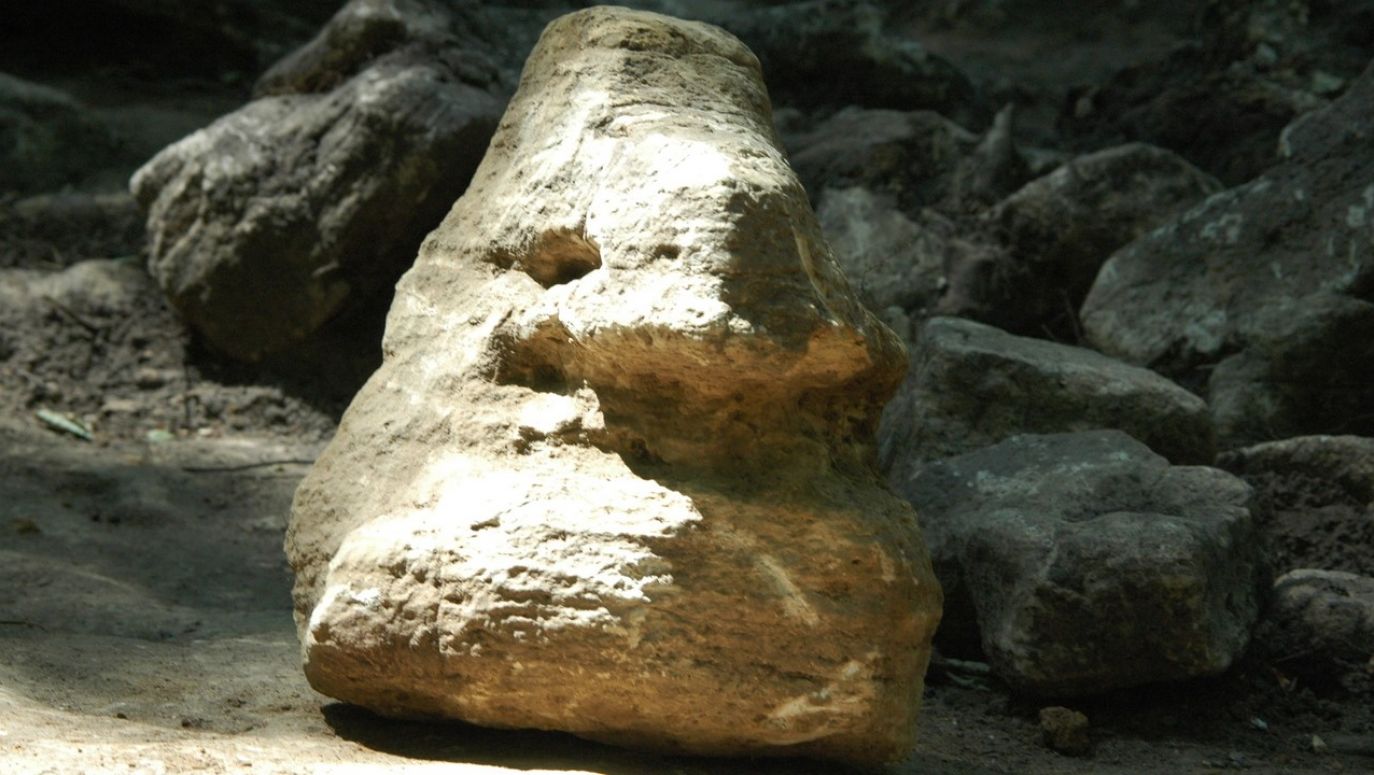

The idea was to cut off the branches and hold the current together
see more
